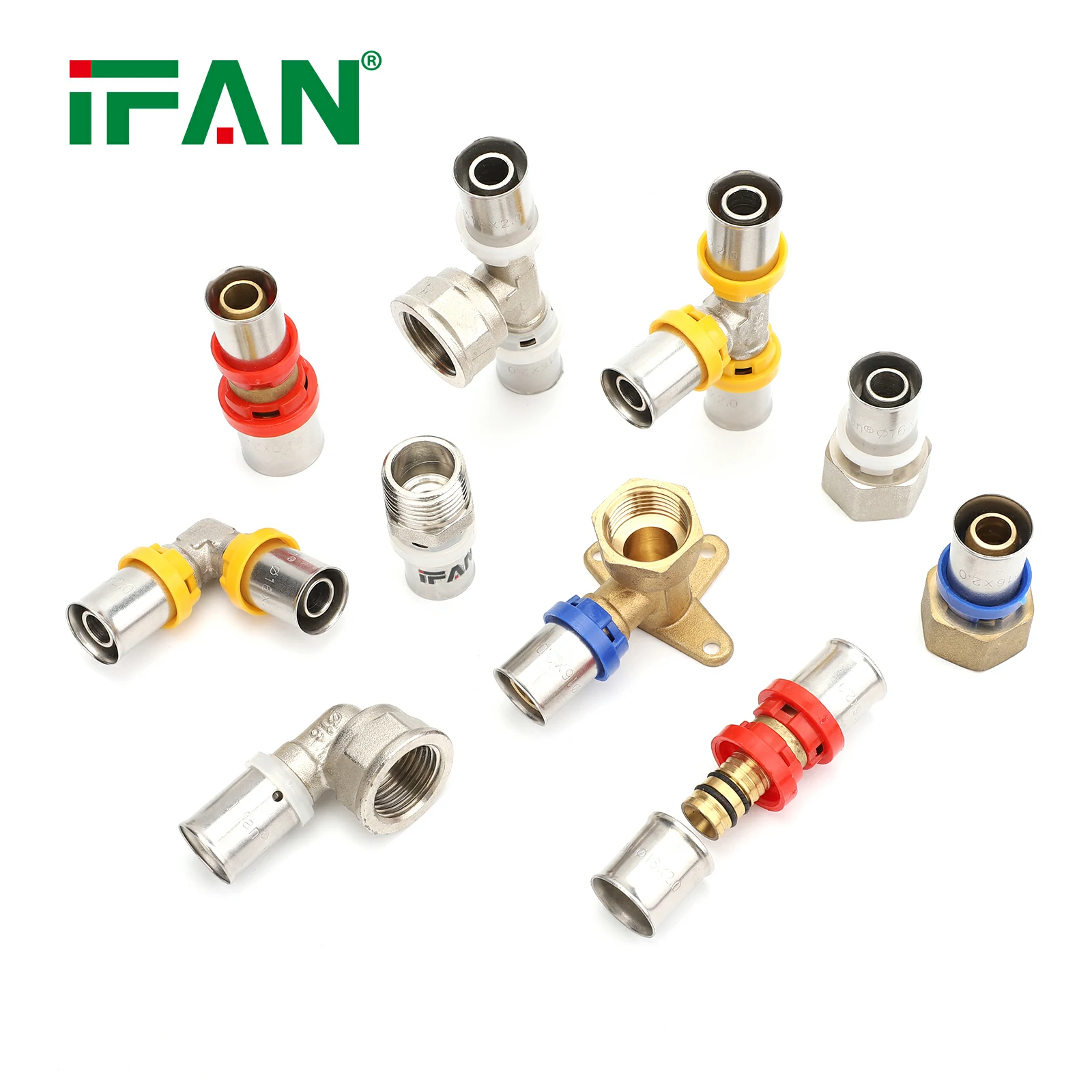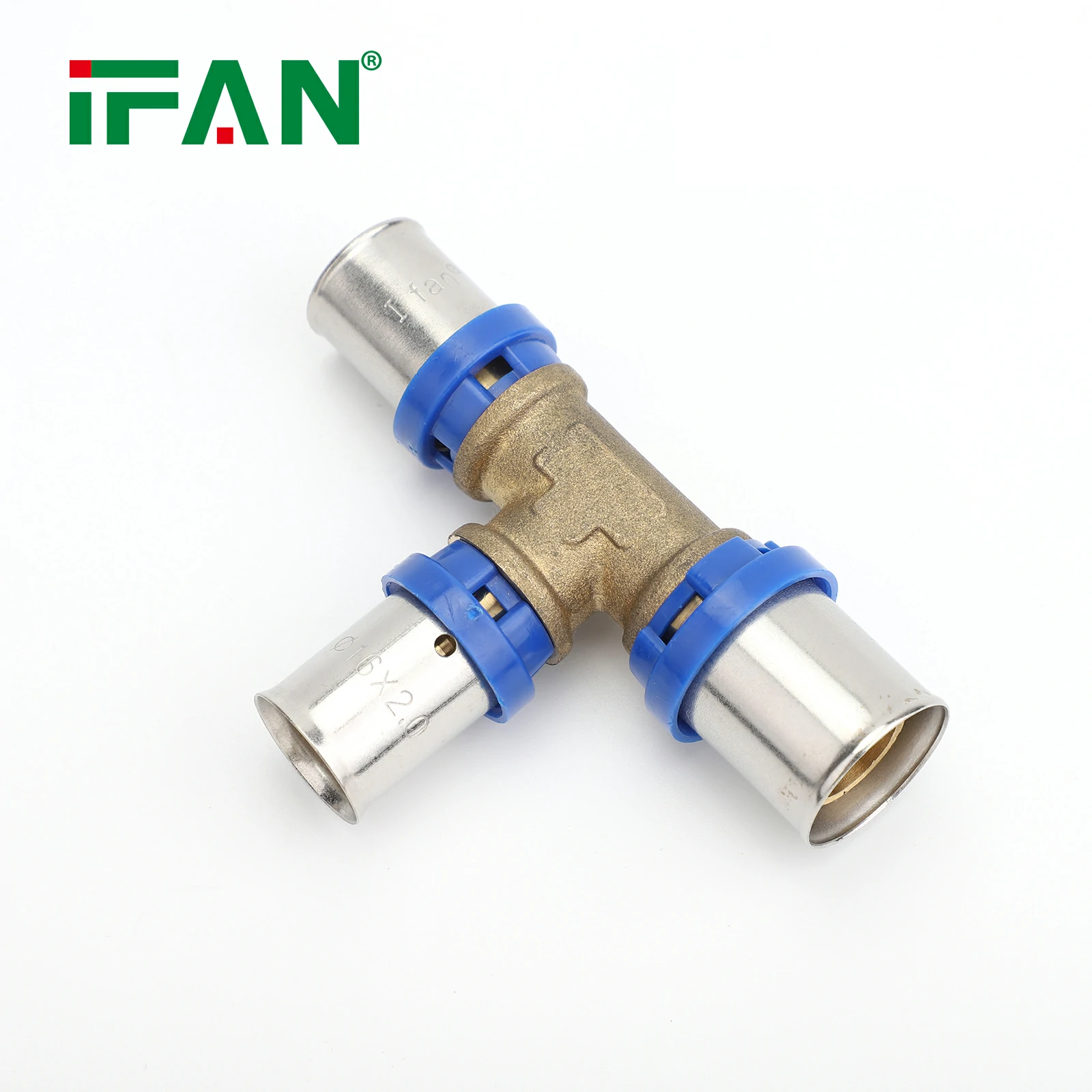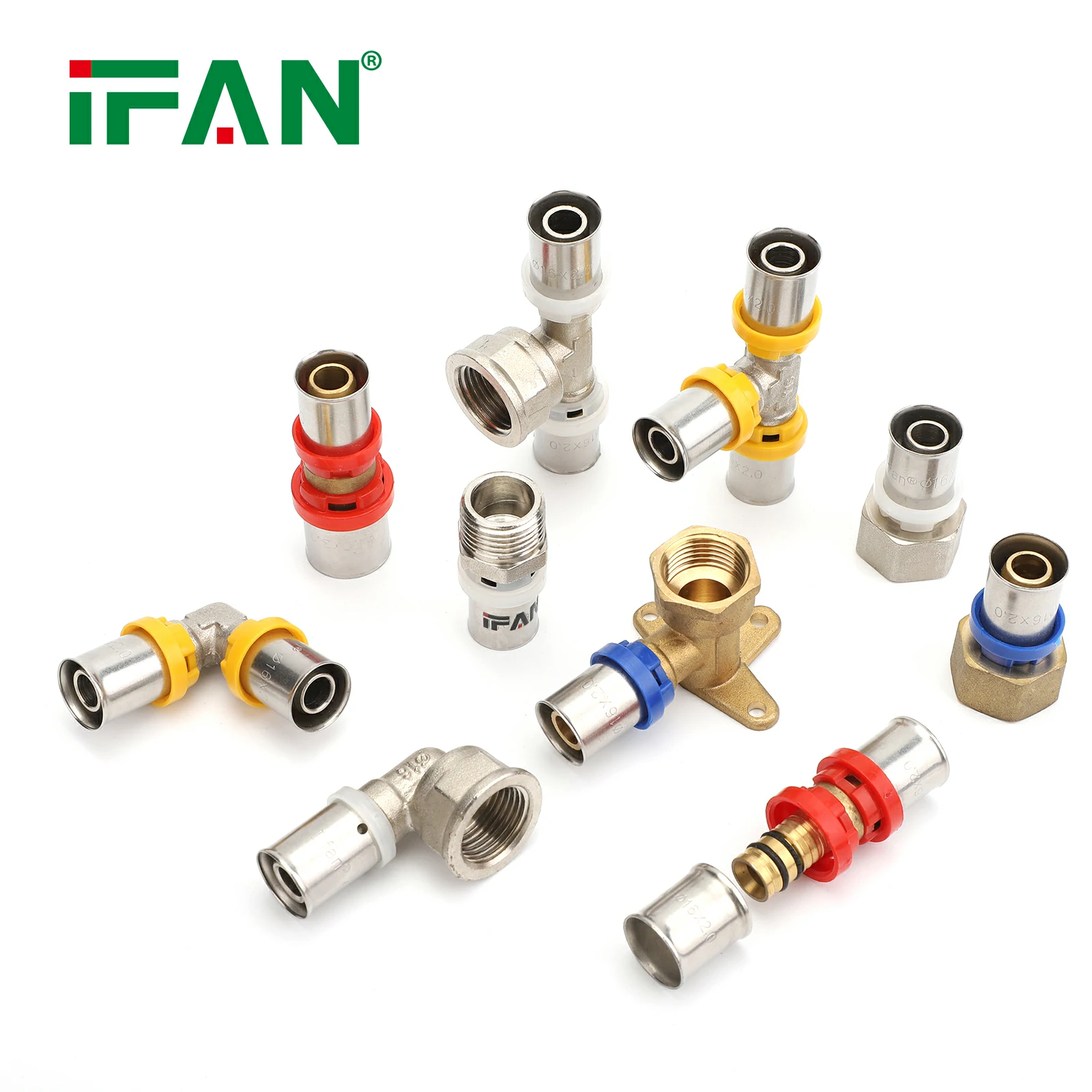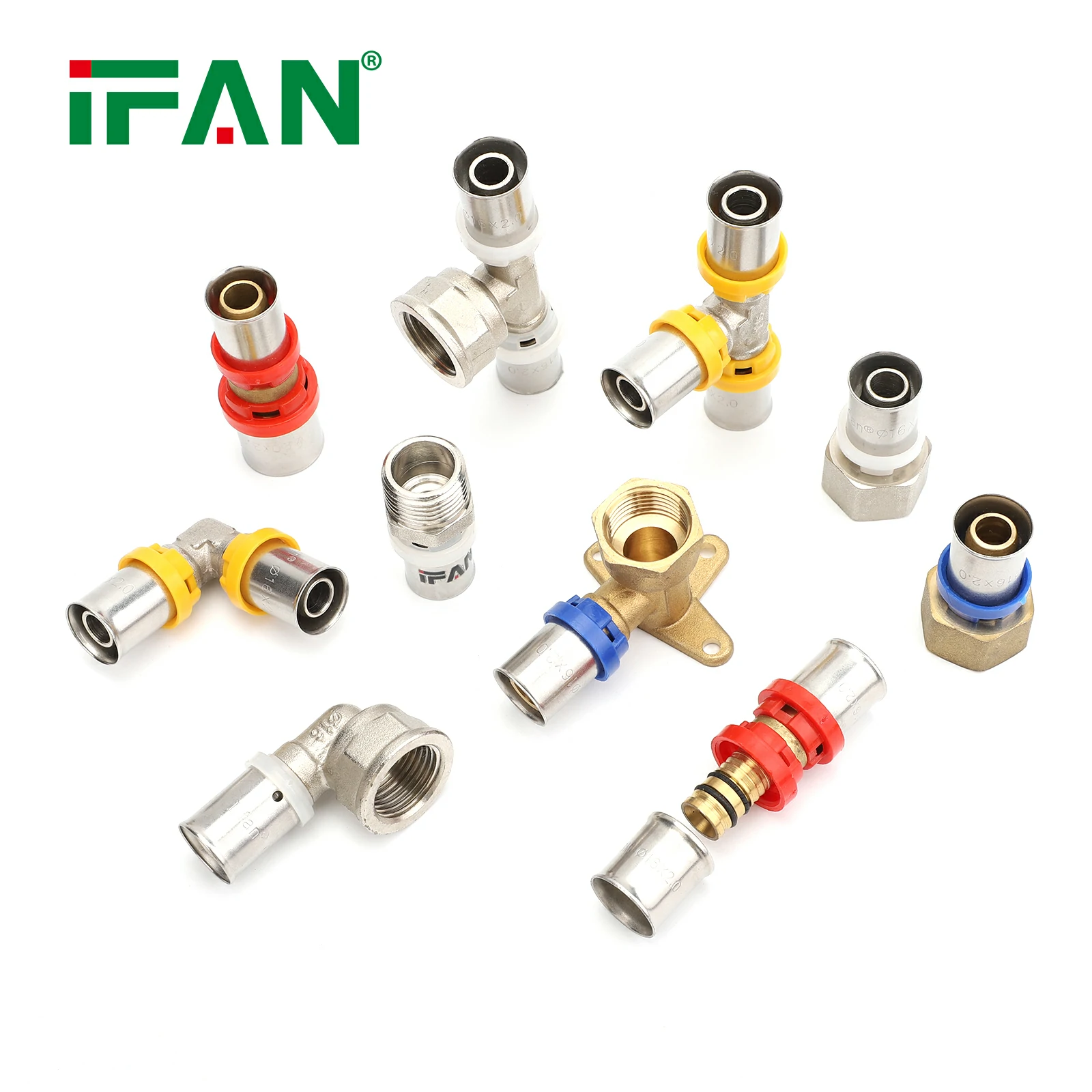A PPR pipe is a form of plastic pipe made from a material known as polypropylene random copolymer plastic. The material is similar to that used in the manufacturing of water supply materials for household purposes, but it can be used to provide hot and cold drinking water as well as for heating systems. It was first launched in France in 1962 by its trade name ‘Plastic Pipe Revolvy.’
Since then, it has spread across Europe and other parts of the world. PPR pipes are becoming more popular because they save on energy costs when installed properly due to their sturdy build quality. They are also lighter than other piping options, which helps save on installation costs.
What Are PPR Pipes Used For?
PPR pipes can be found in the following applications:
Water supply, sewage systems, gas supply (solvent-welded only), heat insulation, cold supply and cooling technology. Placing them underground is also possible due to their chemical resistance. PPR piping is commonly used within plumbing infrastructure for several reasons including its energy efficiency.
Besides that, it has a very long life span. It does not rust or corrode because of the material used, which is why it lasts so long, even when buried underground. The materials needed to build PPR pipes are readily available which makes them cheaper than other pipe materials such as copper.
A PPR pipe can hold its shape, which means it does not require a lot of space between joints, as would be the case with other pipes such as those made from PVC. In addition, it is not toxic, meaning it can be safely used in drinking water supply systems.
Main Uses of PPR Pipe Fittings
The most popular uses for Polypropylene (PPR) pipe fittings are in the transportation and handling of liquids. These applications usually consist of pumping or transferring fluids between containers such as tanks, drums, pails, jugs, kegs, etc. Pumps such as diaphragm pumps, peristaltic (rubber) tube pumps, and piston/plunger pumps are the types commonly used with polypropylene tubing to transport these fluid products. A few examples would be in dairy farms where the product is milk, in beverage industries handling beer products or malt beverages, and in commercial kitchens where salad dressings for salad bars are being kept cool.
Other uses of PPR Pipe Fittings include;
- Handling and distribution of compressed air, steam, and water. These applications usually consist of using diaphragm pumps, piston/plunger pumps, gear pumps, or peristaltic (rubber) tube pumps to move gasses or liquids through pipelines at various pressure head conditions. Examples could be for compressed air in cylinders used by local shops like tire places or auto parts stores; water distribution systems where hot or cold potable water is used in homes; many types of farming; paper companies that use recycled water for paper making, cooling towers in large shopping malls or complexes where air conditioning is running throughout the building; aquariums that use pumps to circulate water through filters and aeration equipment.
- PPR pipe fittings are also used by many industries that require non-metallic piping components. One example would be dairy farms where milk products are being transferred between vehicles for distribution at stores, food chains, etc. Many of these pipes are located underground near hose bibs or animal waterers, so they cannot corrode or rust as steel piping systems do over time.
- They can handle hot high temperatures up to 160 degrees F without warping because PPR pipe fittings meet FDA requirements for contact with consumable/edible food products. This is also true for non-potable applications of draining hot water tanks and heating systems.
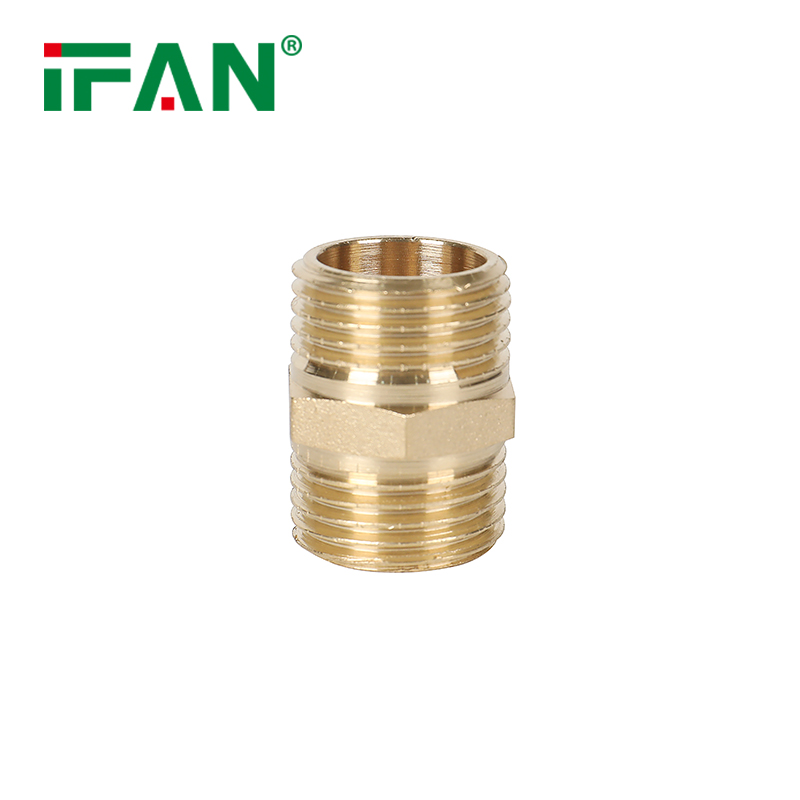
- Toilet fill and flush valves in residential and commercial buildings where strict code compliance laws are being met to ensure easy cleaning of hard-to-reach areas around these valves without damage to ceramic surfaces or porcelain fixtures.

